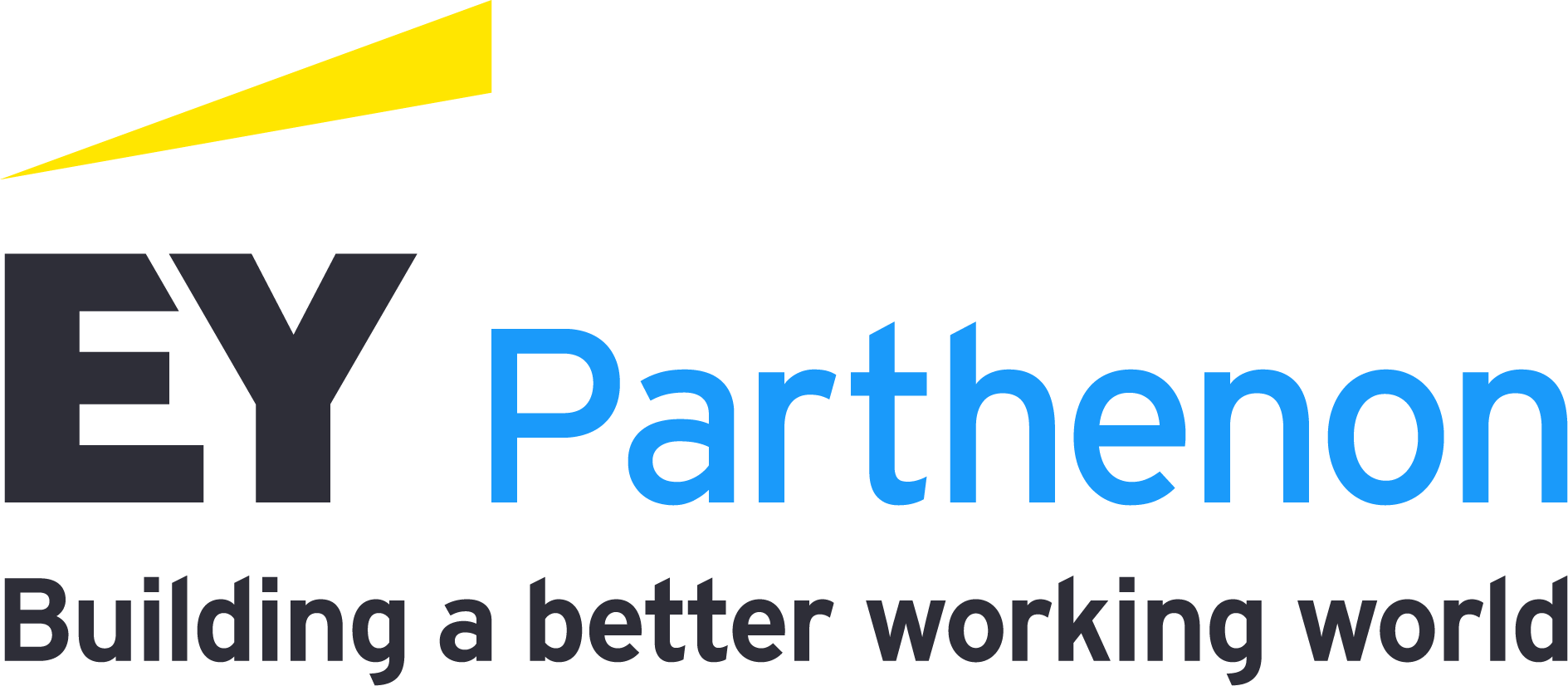Labor market cooling to a more sustainable pace
- The labor market remains the key pillar of resilience for the US economy, but the April jobs report confirms that a broad cooldown in labor market conditions is underway with job growth easing to a sub-200k pace, wage growth falling below the 4% mark, the unemployment rate ticking higher, and hours worked declining.
- The economy added 175,000 jobs in April, well below consensus expectations, while prior estimates of job growth in February and March were revised lower by a cumulative 22,000 jobs. The moderation in job gains was broad-based with the private sector adding 167,000 jobs and the government sector adding only 8,000 jobs (after averaging gains of 60,000 per month over the prior six months).
- The health care sector largely drove the increase in the services sector (accounting for more than half of the services payroll gain), along with moderate gains in retail and transportation payrolls. In contrast, leisure and hospitality employment saw a muted increase while professional and business services payrolls fell. Goods employment cooled on weaker hiring in construction, and government employment surprised on the downside by adding the least jobs since December 2022.
- The unemployment rate ticked up to 3.9% in April but continued to hold below 4% for a 27th consecutive month. The labor force participation rate also held steady after rebounding 0.2 percentage points (ppts) to 62.7% in March and is just a tad below its post-pandemic high of 62.8%. Stronger labor supply is encouraging as it acts as a relief valve against elevated wage pressures.
- Wage growth eased to its slowest pace since May 2021 as hourly earnings grew a weaker-than-expected 0.2% month over month (m/m) and 3.9% year over year (y/y) in April. As labor demand and supply continue to rebalance, we foresee wage growth moderating further. While 3.5% y/y wage growth is generally considered to be a pace roughly consistent with the Fed’s 2% inflation target, a higher pace of productivity growth around 2% y/y would signify that wage growth around 4% is consistent with the 2% inflation target.
- Labor market conditions remain robust, but labor demand is slowing. Fed Chair Jerome Powell is cognizant of the risk of a policy mistake at this juncture leading to an excessive weakening of labor market conditions, but it isn’t clear all Fed officials agree. So far, easing inflation has been relatively painless, but this could change if monetary policy is excessively restrictive. We continue to expect two 25 basis points (bps) rate cuts in 2024, in July and November.
- Overall, labor demand and supply are better balanced with the labor force participation rate close to a cycle high and wage growth easing. We foresee softer labor market conditions with cooler hiring, localized layoffs and a continued moderation in wage growth. We expect job growth to slow below trend over the course of the year and see the unemployment rate rising to 4.1% by year-end.
In the details
The US private sector added 167,000 jobs in April — the weakest increase since November 2023 — and the government sector added 8,000 jobs. Factoring the downward payroll revisions in February and March, the private sector added an average of 197,000 jobs over the past three months, down from an average of 207,000 in the prior month.
Looking into the details, the health care and social assistance sector remained at the forefront of job creation in April. Employment in the sector rose by a robust 87,000 and accounted for over half (57%) of all reported job gains in the services sector. Within the sector, job gains in ambulatory health care services (+33,000) picked up last month while hospitals (+14,000) saw a marked slowdown in hiring after a significant acceleration in recent months. Meanwhile, social assistance (+31,000) posted its strongest payroll gain since December 2022. Overall, health care employment accounted for half of all private-sector jobs added in April.
The leisure and hospitality sector (+5,000) disappointed in April following a robust gain in March, with a modest increase in accommodation and food services (+8,000) while hiring in arts, entertainment and recreation (-3,000) payrolls fell for the first time in seven months. The weakness in leisure and hospitality employment likely reflected some paybacks following stronger than usual hiring in March and the impact of large negative seasonal factors, which overcompensated on the downside.
Retail employment (+20,000) posted another solid increase in April, driven by general merchandise stores (+10,000) and building materials retailers (+7,000). Transportation and warehousing (+22,000) was another bright spot, with the rebound in employment entirely led by courier and messengers (+22,000). At the same time, pockets of weakness were still visible in the information (-8,000) and professional and business services (-4,000) sectors.
On the goods front, the slowdown in job gains was entirely driven by construction employment (+9,000) while manufacturing payrolls saw another subdued increase (+8,000). Factory hiring has remained sluggish over the past year as the sector faces challenges from weaker domestic and global demand for manufactured goods and higher borrowing costs.
Government hiring surprised on the downside in April and added only 8,000 jobs after averaging gains of 60,000 per month over the prior six months. This marked the slowest monthly increase since December 2022. Employment in local government was flat in April following a 51,000 increase in March and an average gain of 39,000 over the prior three months. The strong rebound in public sector hiring over the past year marked a turnaround from the early phase of the jobs recovery when states and local governments struggled to compete with the private sector. However, we expect a slower pace of job creation will take hold in the months ahead as economic conditions cool.



